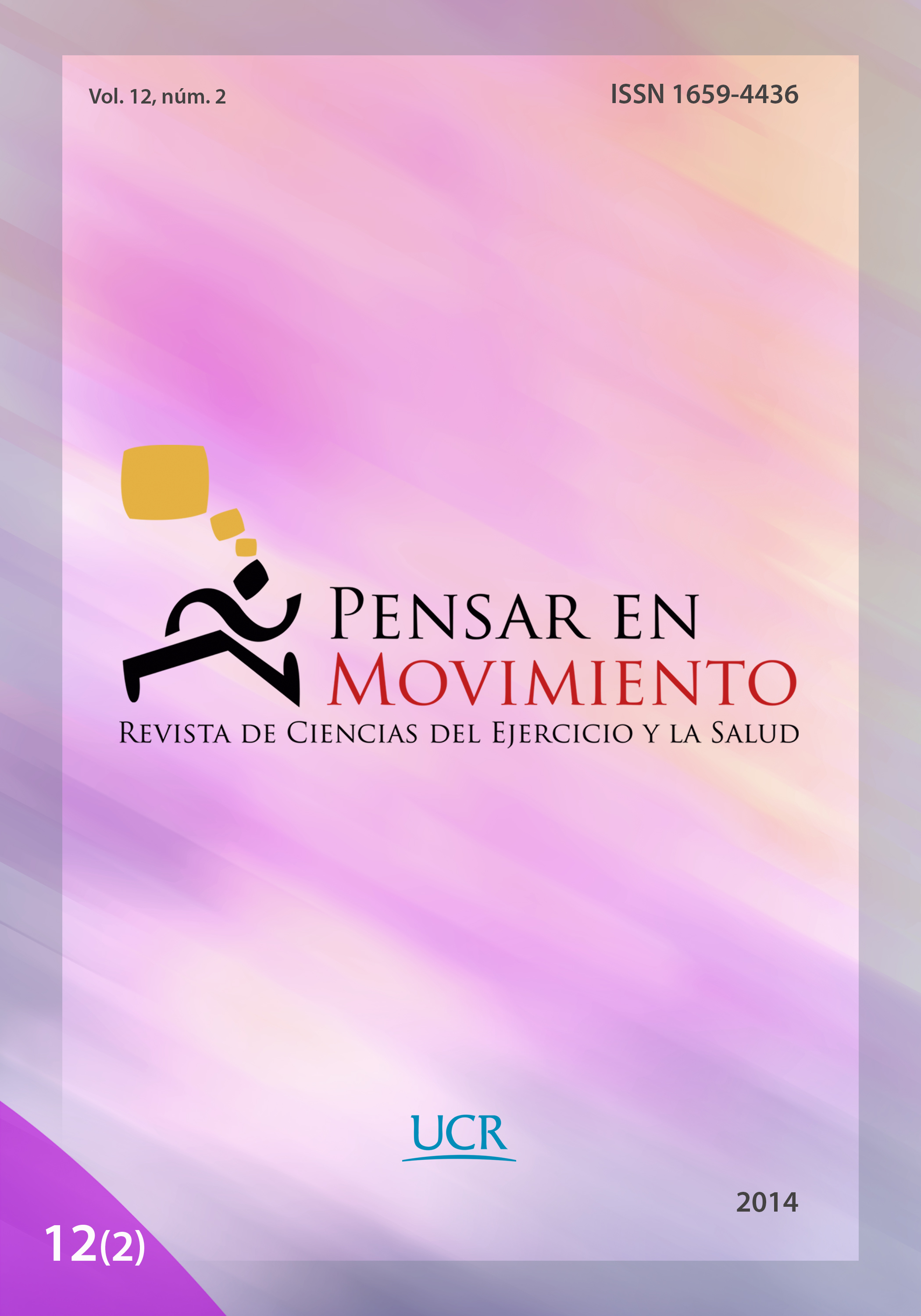Abstract
The aim of this study was to identify the characteristics of the physical and / or sporting activities practiced and preferably of pre-teens. This is a cross-sectional, empirical, and descriptive study. The sample consisted of 145 students between 11-14 years old, of both genders. The mean age was 12.72 ± 1.19 years, 66 males (12.59 ± 1.23 years) and 79 females (12.83 ± 1.16 years). The sample was between the 6th and 9th grade year of elementary school. We applied a questionnaire of 12 questions with closed and open questions proposed specific for this study. The main results indicate that boys perform physical and/or sporting activities outside of school for longer time, more days per week and hours per day than girls. The motivation for practice outside of school was because of personal preferences. The subjects remain too long on individual activities like watching TV, using the computer and playing video games, in the detriment of collective activities such as playing with friends, these were the preferences expressed by the group. The school is the preferred location for the practice of physical and/or sporting activities. The Boys preferences were group activities (football) and the girls preferences were individual activities (swimming). Therefore, everyone wants to know and learn other sports, which indicates potential for future interventions.References
Bignold, W. J. (2013). Developing school students' identity and engagement through lifestyle sports: a case study of unicycling. Sport, Education and Society, 18(2), 184-199. doi: http://dx.doi.org/10.1080/13573322.2011.558570
Clark, S. & Paechter, C. (2007). ‘Why can't girls play football?’ Gender dynamics and the playground. Sport, Education and Society, 12(3), 261-276. doi: http://dx.doi.org/10.1080/13573320701464085
Coelho, R. W. & Coelho, Y. B. (2000). Estudo comparativo entre o nível de stress de crianças envolvidas em diferentes esportes organizados e em atividades físicas competitivas informais. Revista Treinamento Desportivo, 5(1), 27-39. Recuperado de: http://boletimef.org/biblioteca/112/Coelho_Coelho_Artigo.zip
Dagkas, S., Benn, T. & Jawad, H. (2011). Multiple voices: improving participation of Muslim girls in physical education and school sport. Sport, Education and Society, 16(2), 223-239. doi: http://dx.doi.org/10.1080/13573322.2011.540427
Fermino, R. C., Rech, C. R., Hino, A. A. F., Rodriguez-Añez, C. R. & Reis, R. S. (2010). Atividade física e fatores associados em adolescentes do ensino médio de Curitiba, Brasil. Revista de Saúde Pública, 44(6), 986-995. doi: http://dx.doi.org/10.1590/S0034-89102010000600002
Ha, A. S., Macdonald, D. & Pang, B. O. H. (2010). Physical activity in the lives of Hong Kong Chinese children. Sport, Education and Society, 15(3), 331-346. doi: http://dx.doi.org/10.1080/13573322.2010.493313
Januário, N., Colaço, C., Rosado, A., Ferreira, V. & Gil, R. (2012). Motivação para a prática desportiva nos alunos do ensino básico e secundário: Influência do género, idade e nível de escolaridade. Motricidade, 8(4), 38-51. doi: http://dx.doi.org/10.6063/motricidade.8(4).1551
Lee, A. M., Fredenburg, K., Belcher, D. & Cleveland, N. (1999). Gender Differences in Children's Conceptions of Competence and Motivation in Physical Education. Sport, Education and Society, 4(2), 161-174. doi: http://dx.doi.org/10.1080/1357332990040204
Oña, A. S. (2005). Actividad Física y Desarrollo: ejercicio desde el nacimiento. Sevilla: Wanceulen. Recuperado de: http://books.google.co.cr/books/about/Actividad_f%C3%ADsica_y_desarrollo.html?id=Bs7JAAAACAAJ&redir_esc=y
Riera, J. (1998). Fundamentos del Aprendizaje de la Técnica y la Táctica Deportivas (3era. ed.). Barcelona: Inde. Recuperado de: http://www.inde.com/12017711/Fundamentos-del-Aprendizaje-de-la-Tecnica-y-la-Tactica-Deportivas.htm
Salles-Costa, R., Heilborn, M. L., Werneck, G. L., Faerstein, E., & Lopes, C. S. (2003). Gênero e prática de atividade física de lazer Gender and leisure-time physical activity. Cadernos de Saúde Pública, 19(Sup 2), S325-S333. doi: http://dx.doi.org/10.1590/S0102-311X2003000800014
Santos, M. S., Hino, A. A. F., Reis, R. S. & Rodriguez-Añez, C. R. (2010). Prevalência de barreiras para a prática de atividade física em adolescentes. Revista Brasileira de Epidemiologia, 13(1), 94-104. doi: http://dx.doi.org/10.1590/S1415-790X2010000100009
Svender, J., Larsson, H. & Redelius, K. (2012). Promoting girls' participation in sports: discursive constructions of girls in a sports initiative. Sport, Education and Society, 17(4), 463-478. doi: http://dx.doi.org/10.1080/13573322.2011.608947
Tannehill, D., MacPhail, A., Walsh, J. & Woods, C. (2013). What young people say about physical activity: the Children's Sport Participation and Physical Activity (CSPPA) study. Sport, Education and Society. doi: http://dx.doi.org/10.1080/13573322.2013.784863
Werneck, F. Z. & Navarro, C. A. (2011). Nível de atividade física e estado de humor em adolescentes. Psicologia: Teoria e Pesquisa, Brasília, 27(2), 189-193. doi: http://dx.doi.org/10.1590/S0102-37722011000200010






